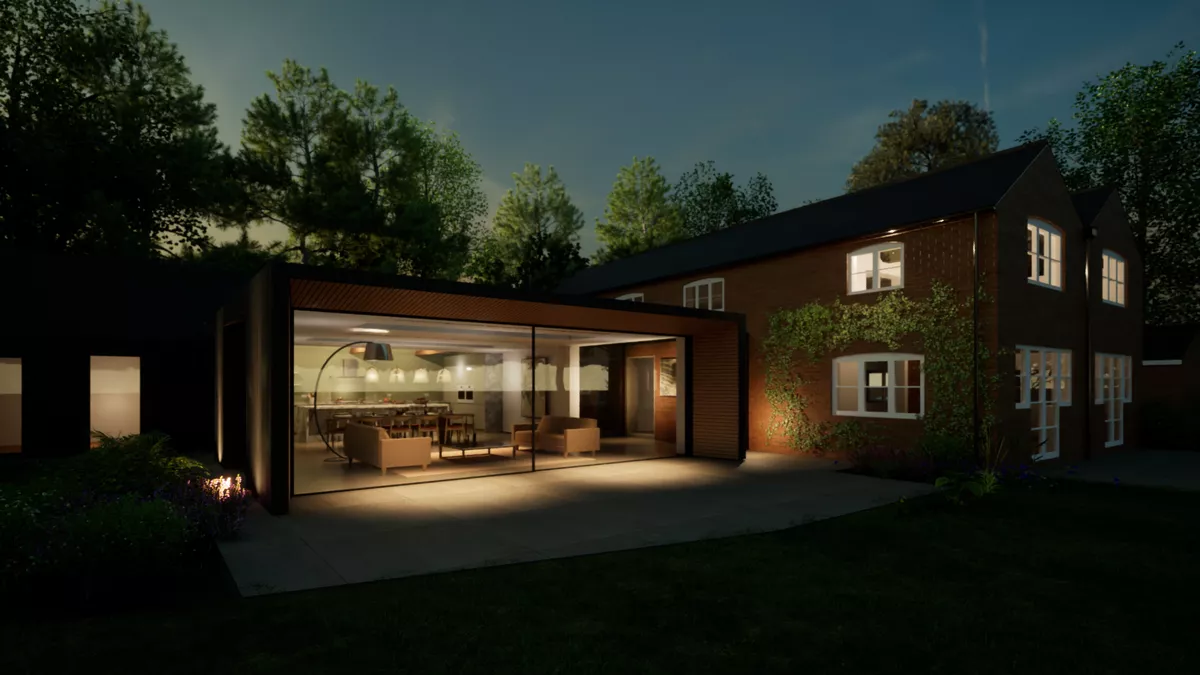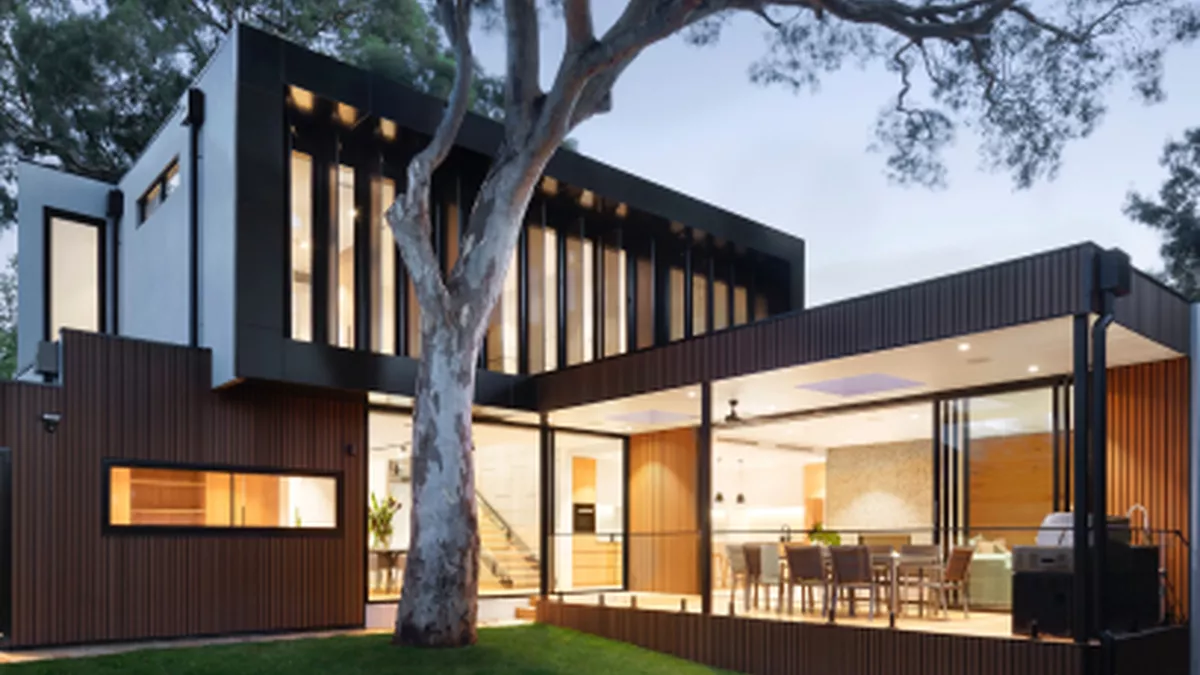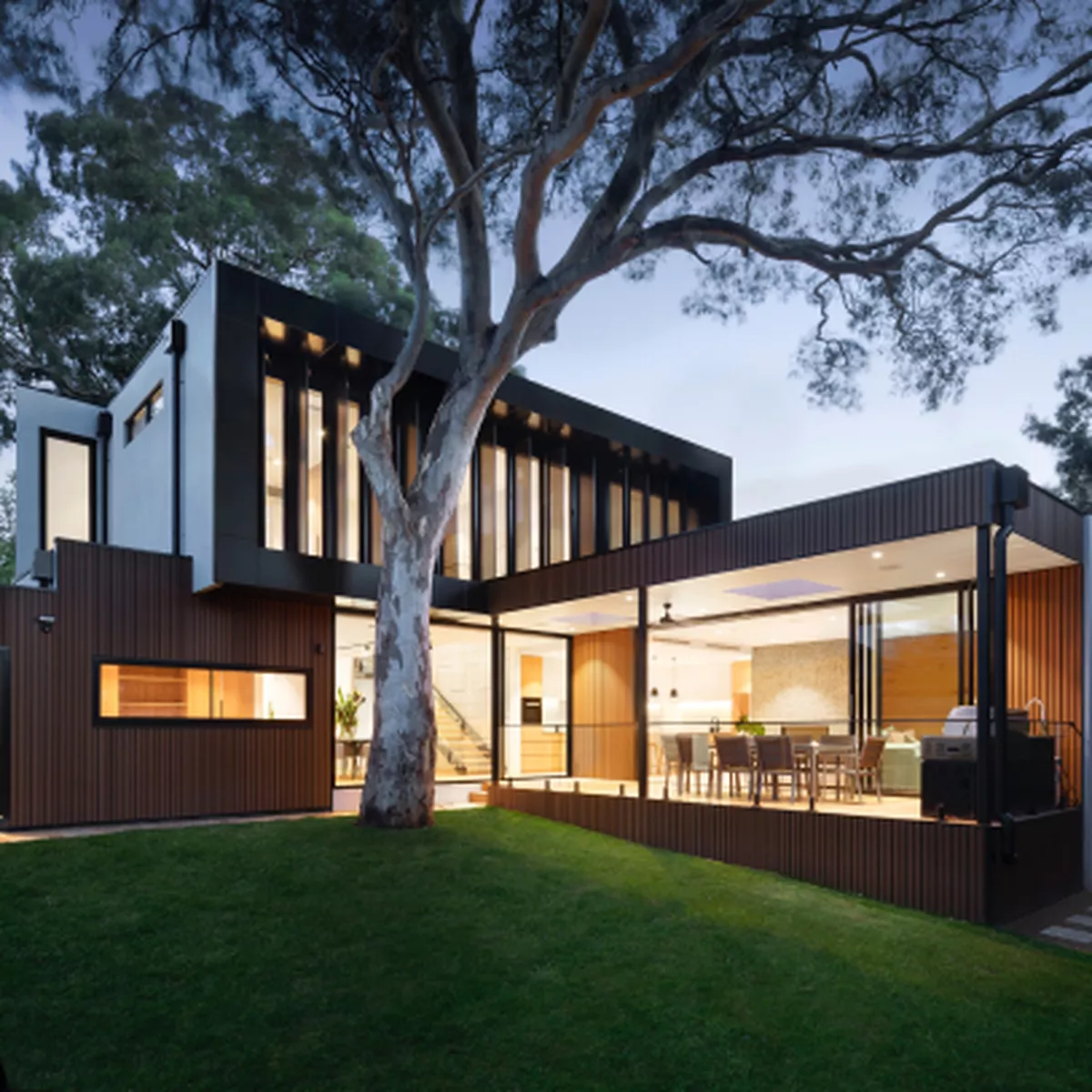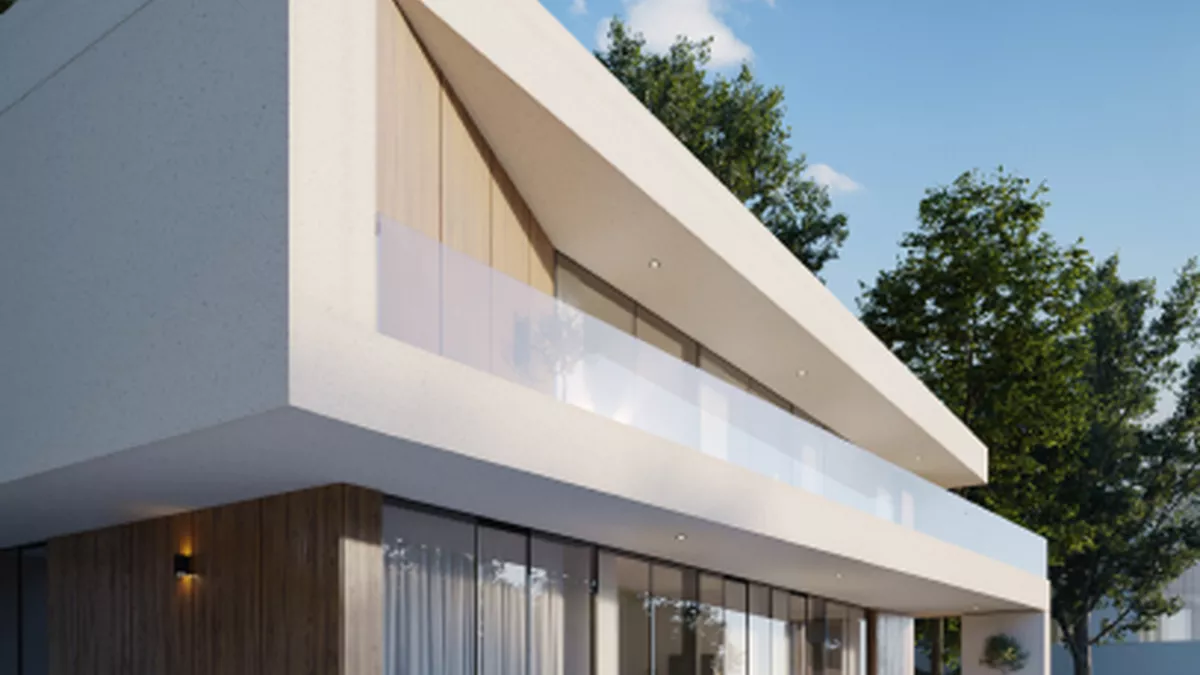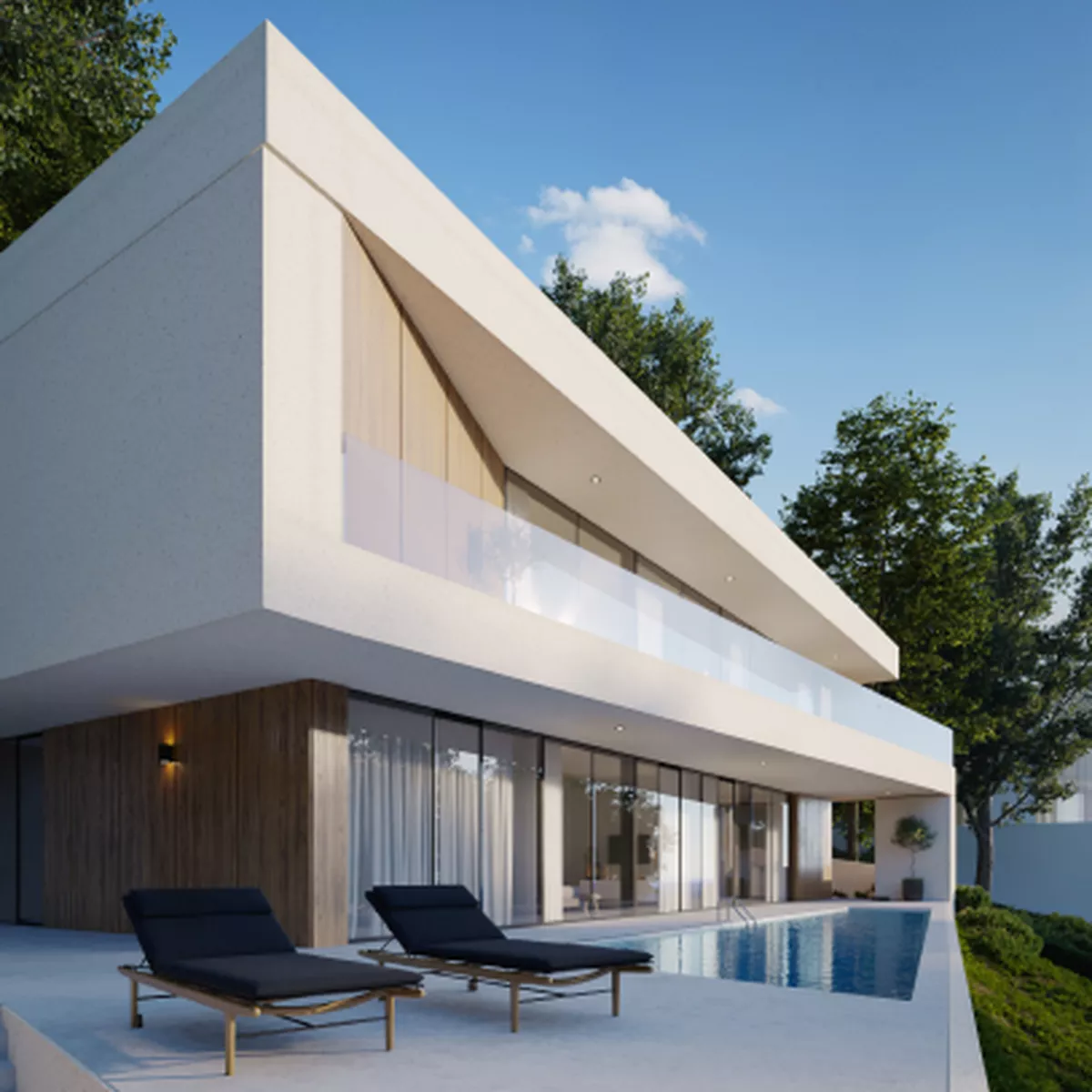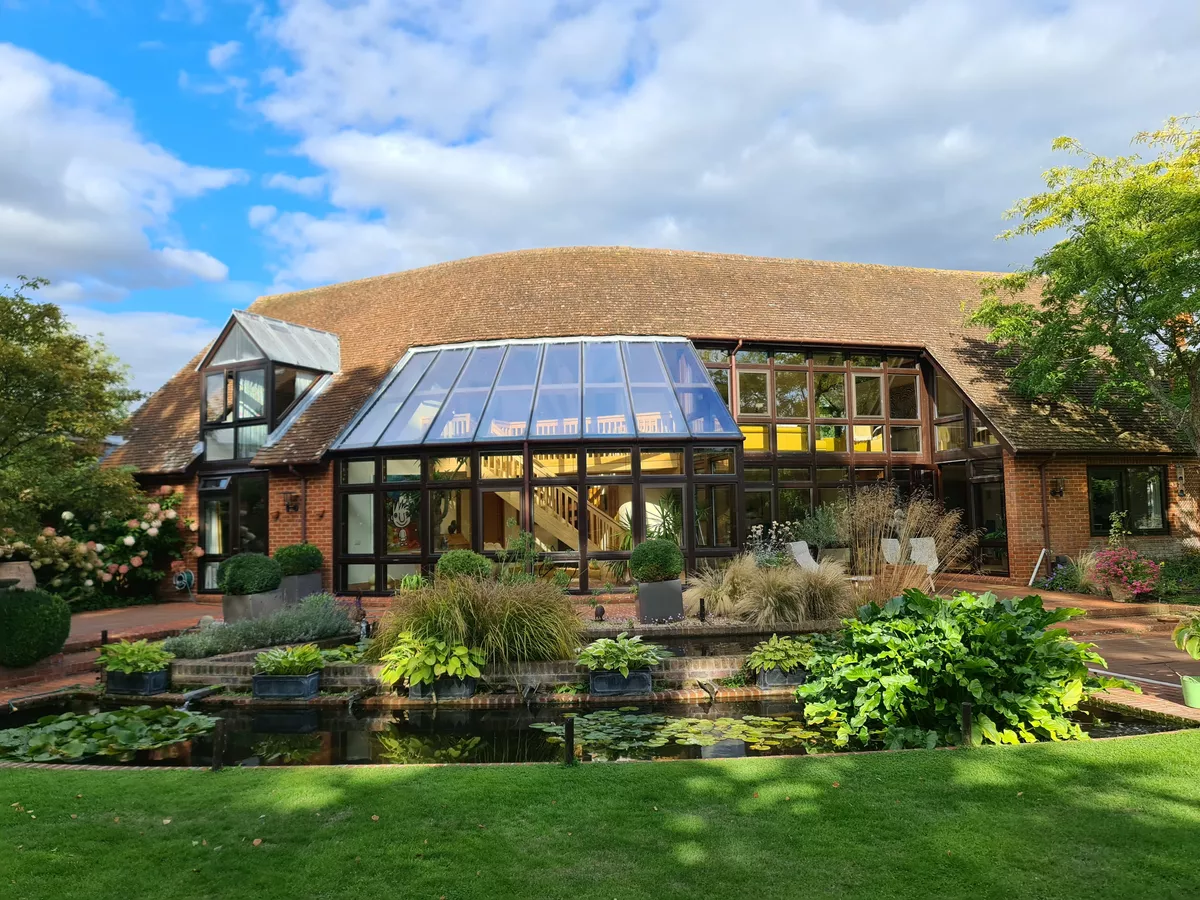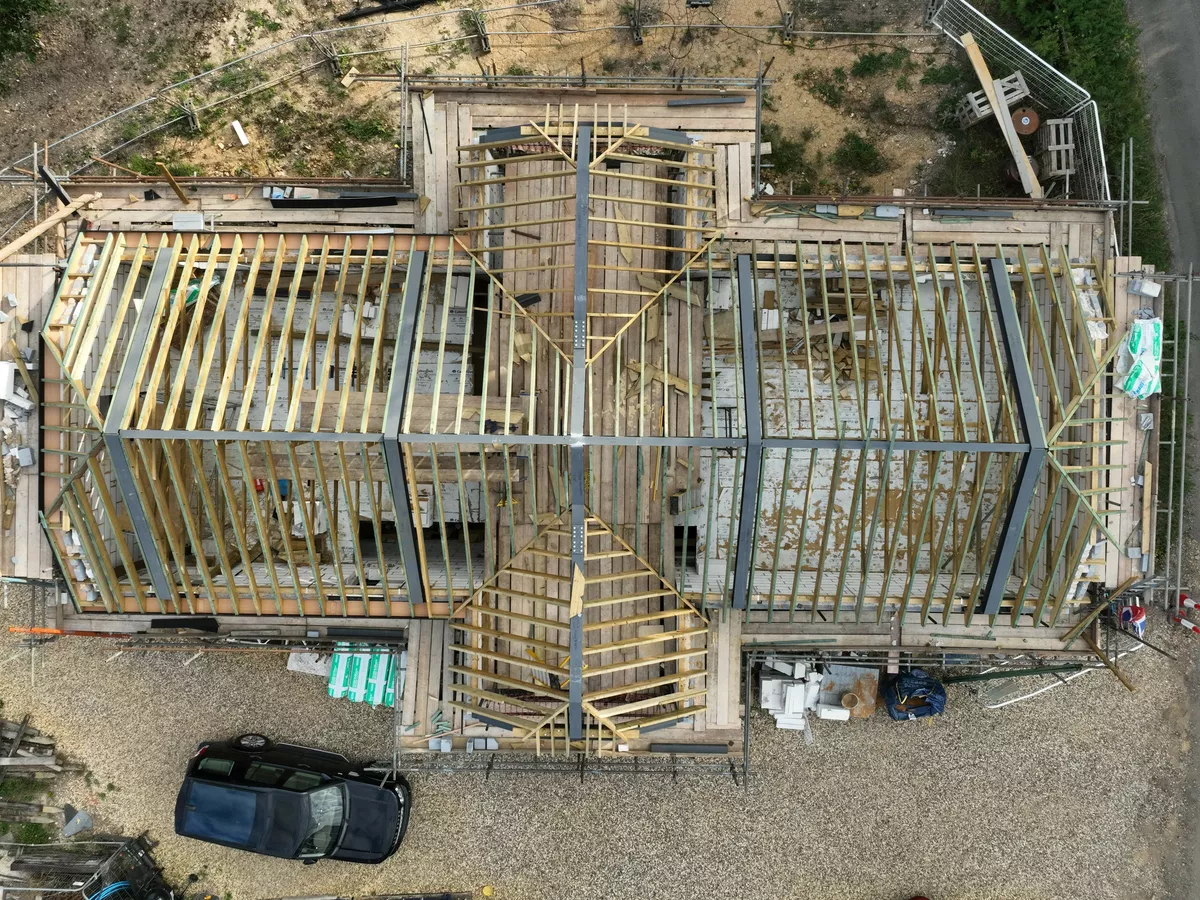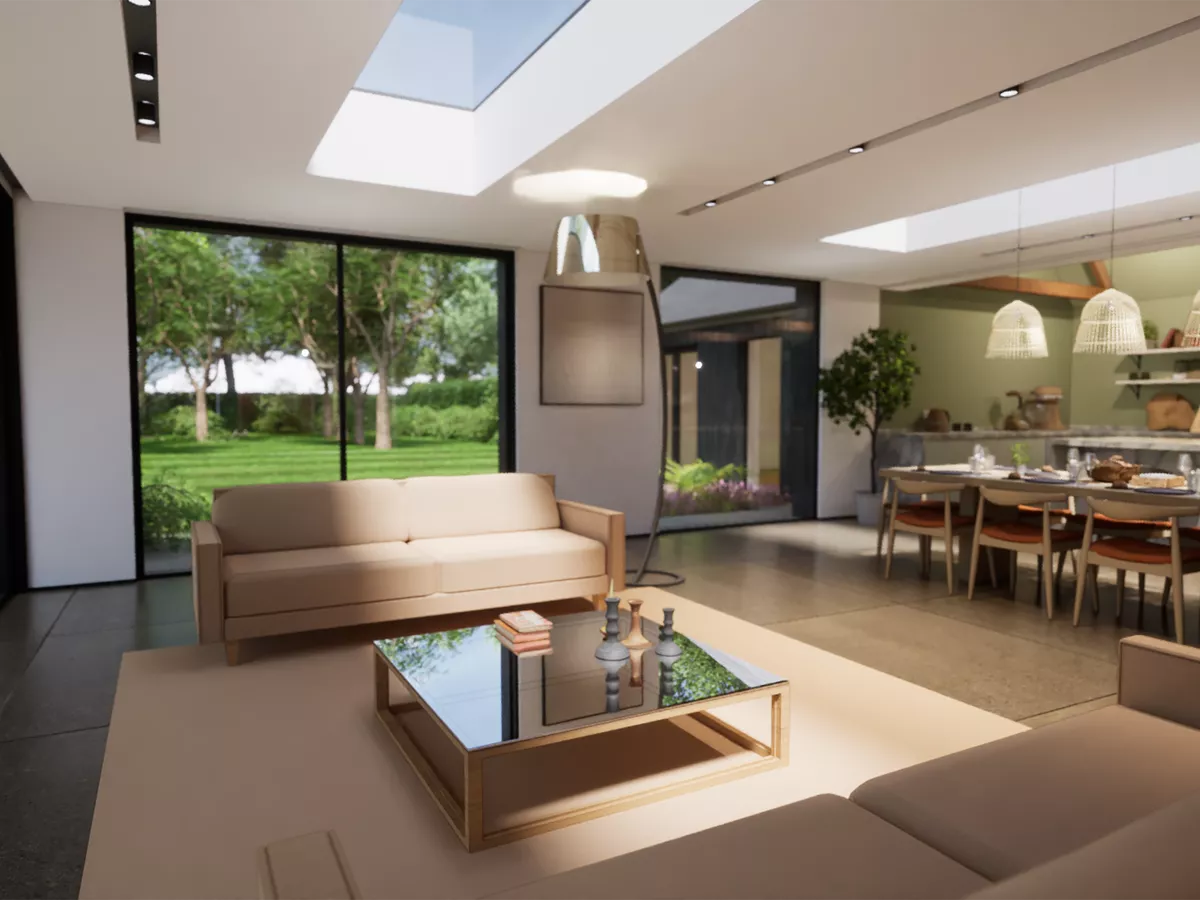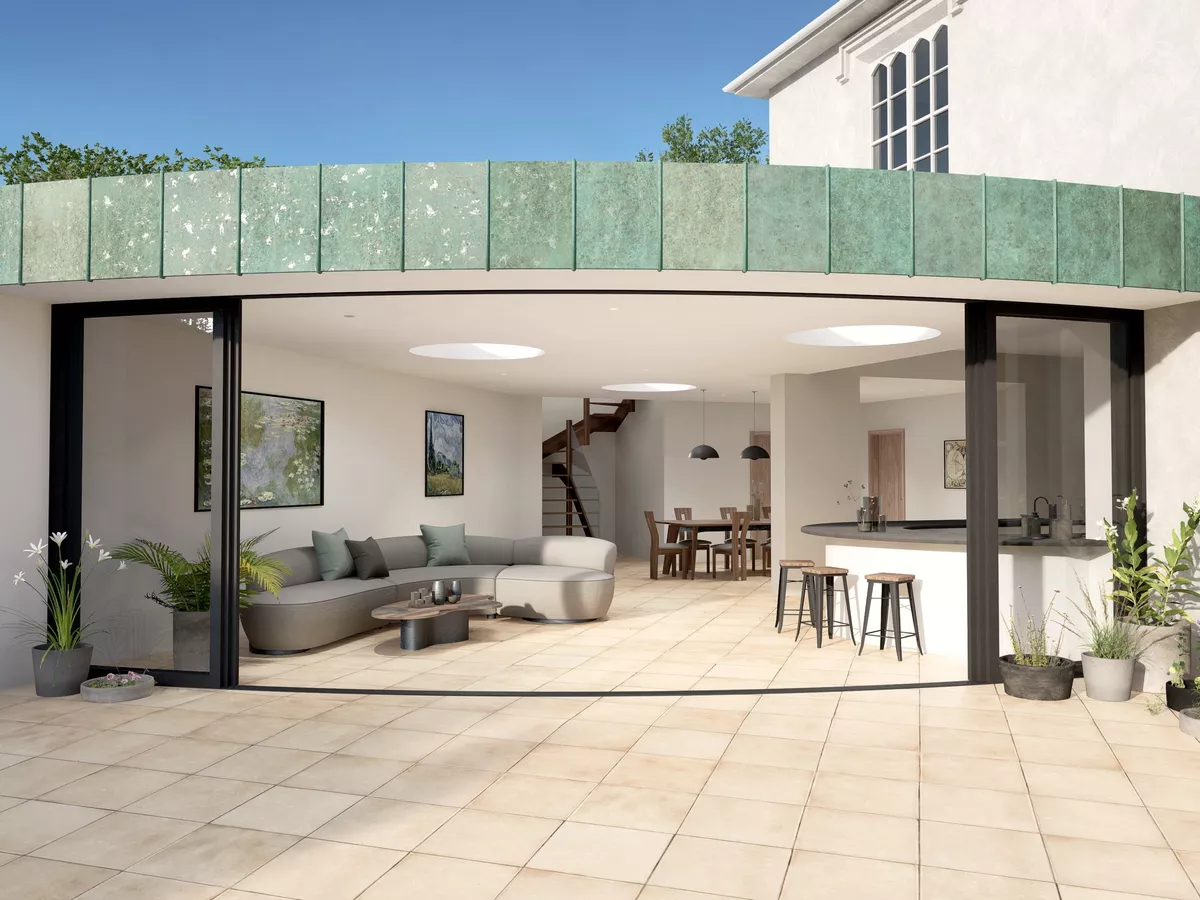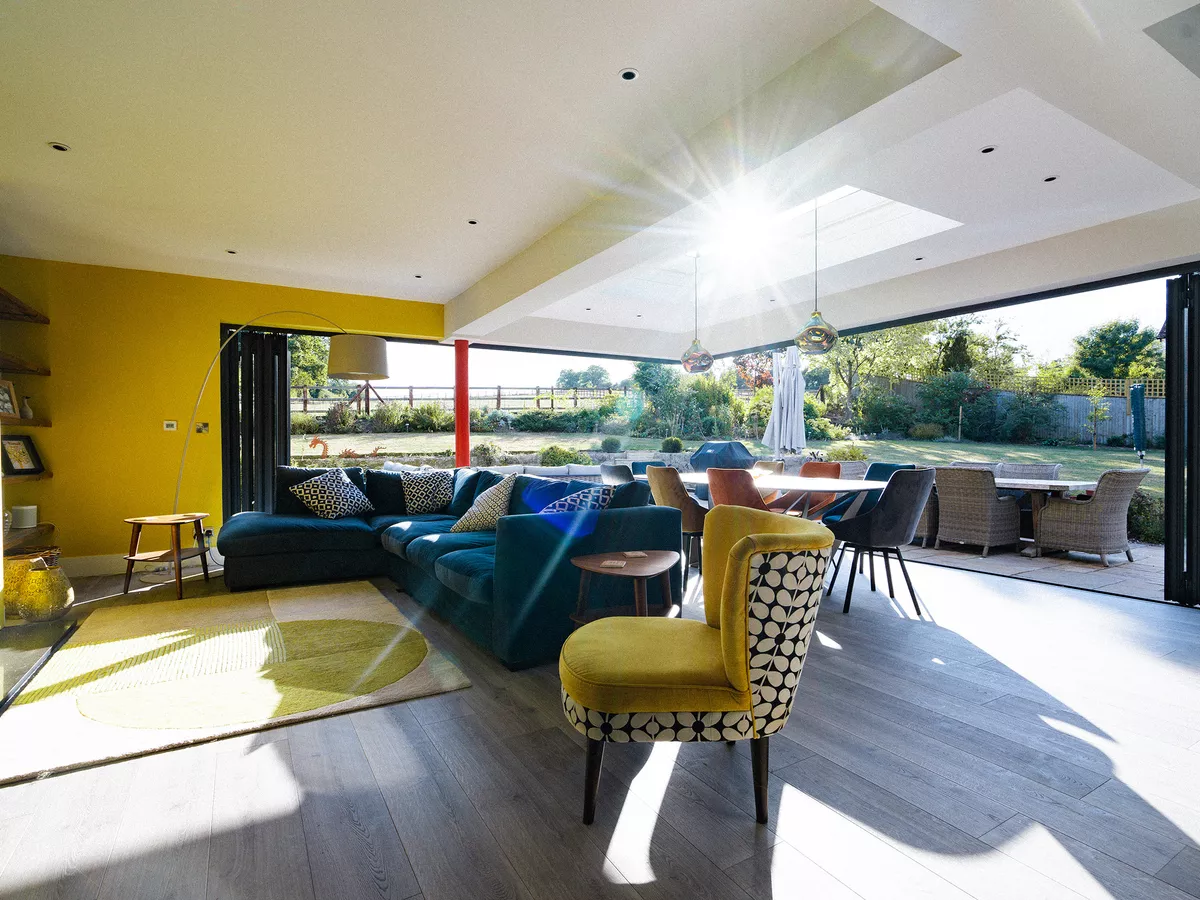Understanding the Planning Permission Process
The important thing to know about planning for householders is that it’s actually quite simple.
If you're not proposing anything particularly contentious or large, then it should be a straightforward process.
With developments in the latest computer software, standard floor plans and elevation drawings can be transformed into exciting 3D models able to produce beautiful 3D images for viewing like photographs or video clips to bring the design to life further or even virtual reality viewing within the 3D model itself on a VR headset.
The more detail and interaction the system and images can provide the greater the perception of the designed spaces and architecture. 3D architectural design is now becoming the expected presentation medium to clients procuring high quality architectural design.
Submitting the Planning Application
For home improvements, loft conversions and extensions the application for Homeowners is called a Householder Planning Application, which is simpler than a full planning permission application required for new-builds or commercial use applications. (Outline planning permissions are also simplified, but only as a precursor to a full planning application and not applicable to Householder applications.)
The application process is now fairly simple, once you are used to using the national online Planning Portal system.
The Planning Portal service allows the application to be completed and saved online, and all supporting documents to be uploaded.
The application fee is currently £234. As it’s a national system, it is still necessary to know what each local authority’s planning department’s criteria are, otherwise once the application is passed to the relevant local authority incorrect documentation can hold the registration process up.
In normal circumstances registration usually takes 1-2 weeks, although some locally are taking up to 4 weeks. This involves the local authority planning department registering the application on their systems and maps, and the allocation of a case officer. Usually, a planning department will start the 8 week target clock from point of submission rather than registration. Although hold ups and extensions of time can always happen, 8 weeks is the usual time it takes to obtain your planning permission (rarely sooner).
What Happens During A Planning Application?
Once your application is registered, the council will send consultation letters out to your immediate neighbours, your local town or parish council, Environment Agency, Natural England, its own Highways, Environmental Health and other departments including as necessary.
This could include tree officers, ecology, building conservation, drainage and archaeology officers. Not all of these will need to be consulted on every application, but slow responses from any can hold up planning applications especially if they request changes or object (less likely).
Although the council will consult with multiple consultees, the case officer is not obliged to follow everything a consultee could reply with, their own departments such as Highways, often control key areas such as parking provision and highway safety.
As the case officers recommend decisions to their line manager, they are key in making the decision and they will usually visit site to see for themselves. When a case officer visits they will need access to look around the whole site, but not inside any properties.
If access to a rear garden is only through your house, they will need to be let through, in which case they will arrange a time in advance. The case officer will take photos and note surrounding properties, trees, driveway parking, ground levels and slopes and check the application corresponds to what is actually the case. Although you can talk to them when they visit, they will usually not give any judgement and will want to refrain from indicating likely decisions until after all consultee responses have been received.
The case officers do hold quite a lot of power in these situations, and although they only recommend decisions to their line managers who actually approve (or not) applications, they are likely to back up their officers in most cases.
Which is why we like to maintain good working relationships with the planning officers we regularly work with. It does help for more favourable outcomes in the long term and it’s more likely for them to be happy with sensible compromises.
Depending on the authority the case officer may put up the consultation sign outside the property at the time of the site visit, or they might post or email it for you to put up yourself, and check on it when visiting site.
These consultation signs, usually A4 in size of (varying colour depending on the authority), allow anybody passing to look up the application and potentially comment on it. Apart from certain country areas, signs rarely cause too much interest, and as everyone who might make comment has their names published, objections are relatively uncommon on modest applications. There is a 3 week notice period for public consultation.
Informing your neighbours
We always recommend that applicants talk to their neighbours with copies of the plans to be submitted to planning. This is not necessarily about asking them for approval, but just keeping them informed and a chance to explain that the design has considered minimising impact on them. If you are worried that one of your neighbours is likely to be unreasonable, it’s worth bearing in mind, but only objections based on valid planning reasons will be considered by the case officer. For instance, disruption and noise during construction or the lowering of property value are not valid planning considerations, not to the extent of denying planning permission.
We generally find that there are then very few objections at the planning stage. But if there has been a prior falling out with neighbours this is a warning sign that there could be problems ahead. However, even with local opposition, neighbours don't have the power to stop your planning permission just by objecting.
Case officer input
Once the case officer has heard from the consultees and the 3 week notice for public consultation has expired (sometimes before) the case officer will get in touch if they feel the design needs amending for a particular reason, or if more information is needed for a particular reason. If this occurs, the 8 week deadline might need to be extended. There is often room for negotiation at this stage, but if case officer demands are not considered reasonable, we will only make the changes that our clients feel are reasonable. We usually find giving the planning officer something will allow them to back down. There is always the option of talking to the planning managers, or considering appeal, should the application be refused.
Planning Committees and Appeals
In the unusual situation where there are a number of objections, (5-10+) depending on the authority, the planning decision will pass from the case officer to the monthly council planning committee. This committee will consider and vote on the result, but this is uncommon for Householder applications. The committee will be made up of local councillors, who should make an impartial decision based on the case officer’s report, and representations from the applicants and any objectors who might want to speak. Typically, this is very uncommon for standard household applications.
Approximately 96% of our projects will gain approval from the planning process.
We're always open and honest about the likelihood of an application being approved. And if we can deal with the various factors that are likely to be considered then we’re maximising our chances and keeping the process smooth. A flexible approach will assist gaining permission.
It's also about being respectful and considering others, so planning permission is useful in that context. The process does provide protection against people from what might be overly developing a site.
What happens if planning is denied?
Thankfully, a negative outcome is unusual for householder applications.
However, occasionally a proposal will be rejected - if it's too ambitious or meets with too much local opposition for instance. You'll be sent a “denied” planning permission but that's not necessarily the end of the road, as either:
· a redesign is required and a resubmission can be made to the Council which is actually free of charge or;
· the decision can be taken to the Planning Inspectorate as part of an appeals process. This is also free of charge.
If you feel you've been unduly treated and you do have a valid case, then it's worth taking the decision to appeal. We can help with this process and there is no application fee for appealing the decision. Which again usually only relates to larger more contentious projects.
This is overseen by a national body in the Planning Inspectorate. It takes around six months for the whole process, but it's free of charge (other than required professional fees, which can often be claimed back if successful).
The rejection will be assessed by an independent planning inspector from outside of the area and it will be judged on its own merit. So you should get an unbiased non-political decision. This decision can either agree with the planning authority and deny you the planning application or they can overrule it and grant you the planning permission. Currently around 35-40% of appeals are allowed, i.e. planning permission is granted.
It does help to have someone manage this process for you. We've successfully managed a number of planning appeals and, where things got a bit more controversial, have employed a planning consultant to put forward an actual case in case law, to demonstrate why the project is actually complying and should be granted planning permission.
Share Your Ideas With Us
